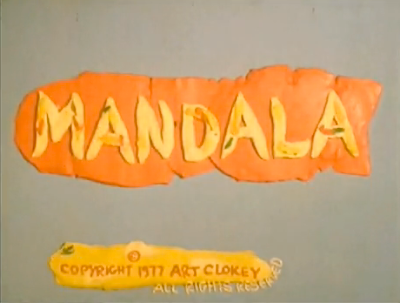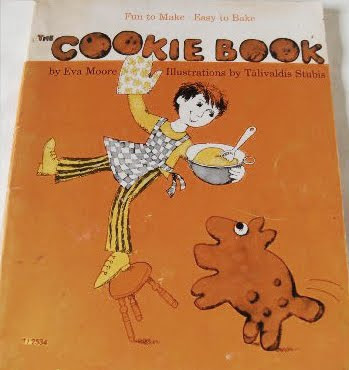I don’t know about you, but for me, the best part of a trip is often the unexpected detour, the crazy coincidence, the unscheduled side trip. The same can be said of design research.
Back in December, I came across the the theater and movie page of a mid 1960s newspaper, and I was struck by how recognizable and iconic the "Funny Girl" logo was. But who designed the upside down roller skater in the dress made of type? That’s where my journey began.

Googling didn’t get me very far—too many pages with the terms “funny girl” and “logo design” that had absolutely nothing to do with the play or the movie. The poster was designed by the extremely prolific Bill Gold studio, but that didn’t give me my answer.
I scrolled through other movie posters of the mid-late 60s looking for a related illustration/type treatment. There were the hippie movies with shaped psychedelic type, but those felt like a different sensibility.


The poster for "How to Stuff a Wild Bikini" was somewhat closer in feel.


I thought that I was making progress when I discovered that the titles were designed by Art Clokey, the creator of Gumby, who died January 8, at the age of 88. He was also credited for the titles for "Dr. Goldfoot an the Bikini Machine." I watched the clay animation sequences and found that they clearly had nothing to do with the type or poster design.



The “Bikini Machine” sequel, "Dr. Goldfoot and the Girl Bombs," did away with animated titles and just used the look of gold clay for the typography.

None of this stopped me, however, from taking a detour into early Art Clokey. In 1953, he was studying at the University of Southern California and working on commercials for Budweiser and Coca Cola. Clokey talks about his early work with clay and the making of "Gumbasia" in an interview:
The Budweiser commercials were live action, featuring basketball, airplanes, baseball people, and so on," Art told us. "But they had a close-up of a Swiss cheese sandwich and they wanted to show the cheese disappearing with bites. The beer is good with Swiss cheese. It was actually a piece of clay that we made and we formed it to look just like a piece of Swiss cheese, to fold and so on. And we began animating bites out of it. That 's the first time we ever used it professionally - clay. Then I had a two week break between commercials. So, in my father's garage, we put a 4 x 8 piece of plywood on two saw horses and put clay on there, painted it, formed it into abstract shapes, pyramids, etc., and shot them using the kinesthetic style film principles that I was learning from [Slavko] Vorkapich
The film is 3:11 minutes and you can watch it
here.









Clokey also made the very trippy "Mandala." His entire family participated in its production. Its goal was to communicate "the idea of evolving our consciousness from primordial forms to human form, and then beyond the human to the spiritual and eternal. The theme was the evolution of consciousness: we begin in the mud and we just go out and up."
The film runs 6:28 minutes and can be seen
here.






I got back to Funny Girl just last week. it still bugged me that I could not find the designer, so I gave it another shot, this time googling
Funny Girl upside down roller skates logo.
Up came a post on the Health News Digest site, “Misdiagnosed Amyloidosis - Passing of Renowned Artist Highlights Dangers,” about the the death of illustrator Talivaldis Stubis on December 23, 2009. And finally, "Perhaps the artist’s most memorable image was for the Broadway musical, “Funny Girl,” an upside-down girl on roller skates whose body spells out the title, but he worked on literally hundreds of other now-iconic posters for stage and screen." In addition to posters Stubis illustrated nearly two dozen children’s books.
I still think it odd that I had to wait for an obituary on a medical news website for my answer. It also seems that I was misdirected in my research. I was looking for clues in the type, when I should l have been looking for clues in the legs!






 Clockwise, starting upper left: Martin Peikert; Anonymous, c. 1960; Kurtz, c. 1940; Herbert Leupin, 1956; Herbert Leupin 1958; Otto Morach, 1929
Clockwise, starting upper left: Martin Peikert; Anonymous, c. 1960; Kurtz, c. 1940; Herbert Leupin, 1956; Herbert Leupin 1958; Otto Morach, 1929
 Left to right: c. 1936 (details), c. 1937 (details), c. 1933 (details)
Left to right: c. 1936 (details), c. 1937 (details), c. 1933 (details)



 Loved this little infographic inside the above brochure, comparing amount of sunshine in Davos to London and Berlin.
Loved this little infographic inside the above brochure, comparing amount of sunshine in Davos to London and Berlin.










































